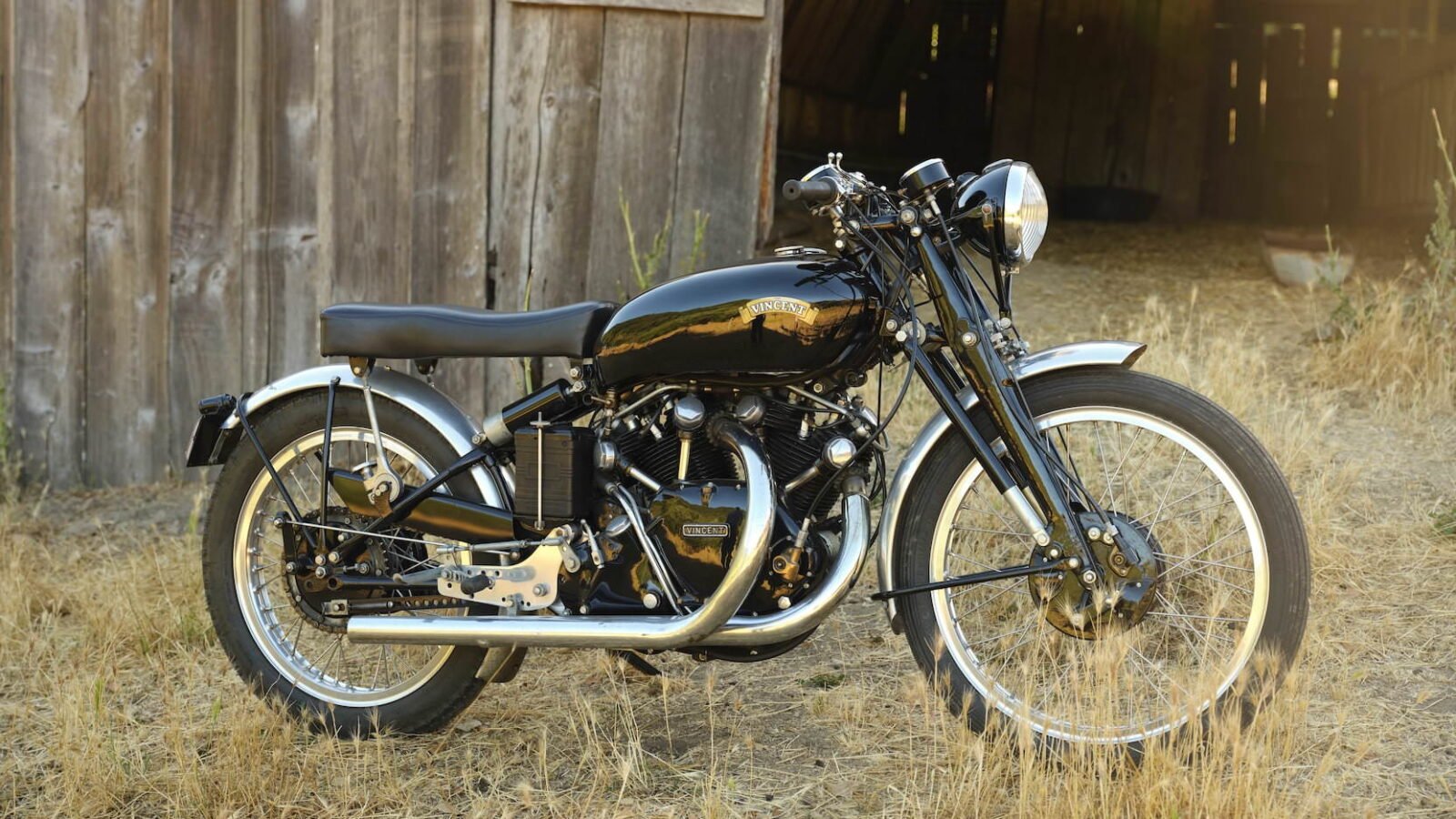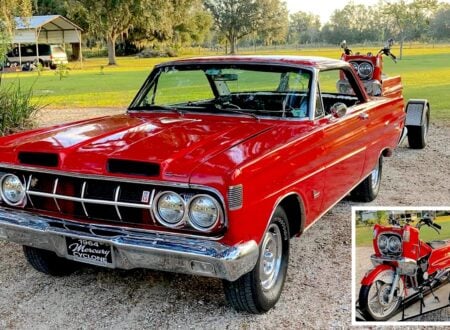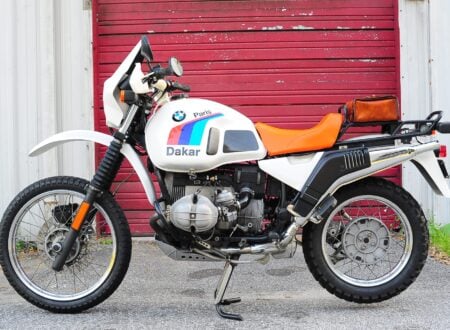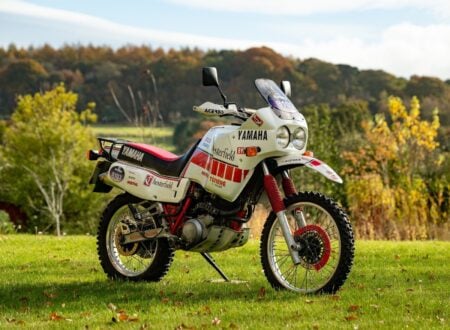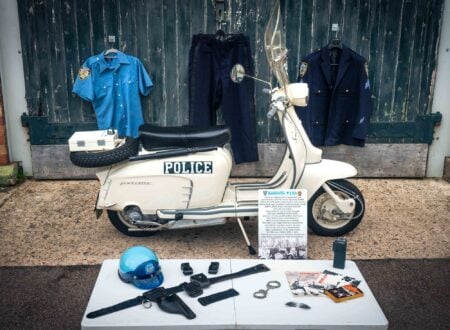The Vincent Black Lightning was the fastest production motorcycle in the world when it was first offered to the public as a production model in 1948, only 31 were built and today they’re among the most collectible motorcycles on earth.
The Rollie Free At Bonneville
In the year the Black Lightning became available to order it was already a global sensation thanks to an American land speed racer named Rollie Free, who had been the subject of one of the most famous photographs in motorcycle history wearing nothing but his swimming shorts and shoes.
The decision to race at the Bonneville salt flats at high-speed with no much exposed skin wasn’t taken lightly, Free was trying to break the 150 mph mark on a motorcycle for the first time in American history but he was still 2 mph too slow.
He made his final runs in his swimming shorts and shoes whilst laying face down on the bike – amazingly it worked, the lack of clothing flapping in the air meant he could now reach 150.313 mph and set the new US national motorcycle speed record.
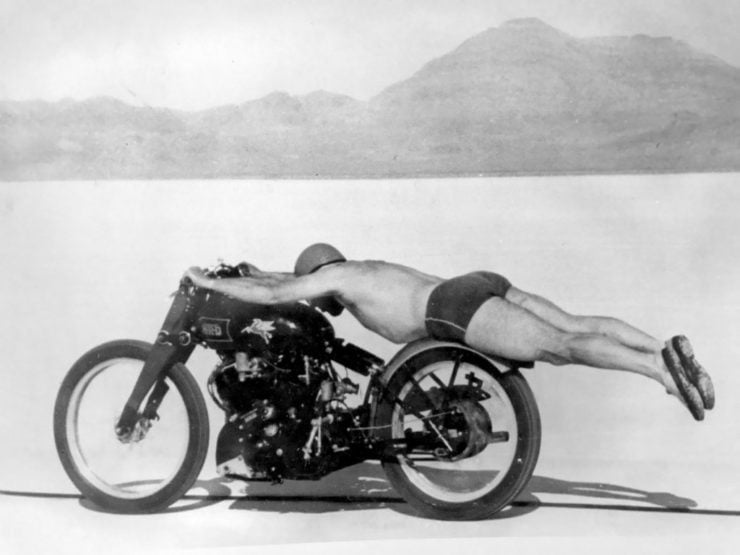
Above Image: Rollie Free’s successful US land speed record attempt at the Bonneville Salt Flats in 1948.
The Vincent Black Lightning
The Vincent Black Lightning was essentially a racing version of the (already very quick) Vincent Black Shadow. The Black Lightning was fitted with a highly-modified version of the air-cooled V-twin used in the Black Shadow, an engine that had originally been designed by Australian engineer Phil Irving.
This Vincent V-twin has a swept capacity of 998cc, it has an overhead-valve, push-rod design with distinctive pushrod tubes on the right-hand side of the engine. In the state of tune used with the Black Shadow this engine is capable of 55 bhp at 5,500 rpm, the Black Lighting version is capable of 70 bhp at 5,700 rpm – this may not sound like much now, but it was significantly more horsepower than was being produced by many cars at the time.
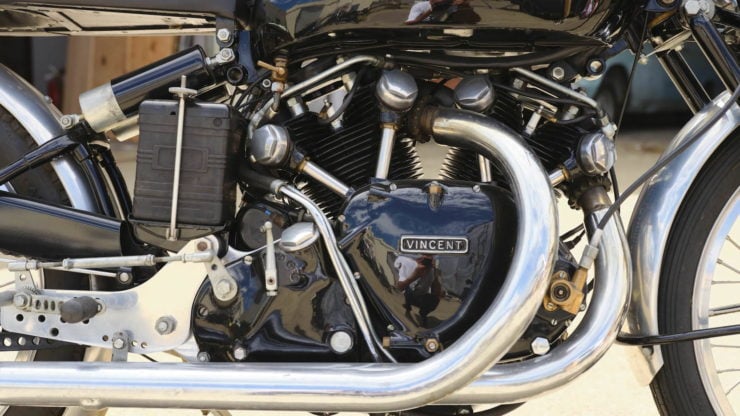
The changes made to the engine to bring it up to Black Lightning specification were significant. The compression ratio could be optioned at anything from 6.8:1 to 12.5:1, higher-strength connecting rods were fitted, ports were widened and polished, the rocker gear was polished, it was fitted with steel idler gears, full racing carburetors, and it had a manual advance magneto.
The bike was also put on a strict weight loss program dropping the dry weight from 458 lbs (207.7 kgs) down to 380 lbs (170 kgs), this was achieved by stripping off anything deemed non-essential, a much smaller seat was used as well as special racing tyres on lightweight alloy rims, it made extensive use of magnesium components, specially developed rear-set foot controls, and aluminum alloy front and rear mudguards.
During the 1948 to 1952 production run just 31 factory-built Vincent Black Lightnings were made and today they stand as one of the most valuable motorcycles in history.
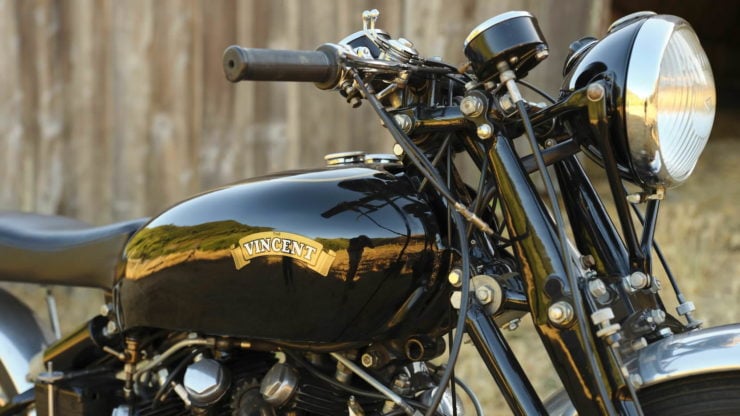
The 1950 Vincent Black Lightning Shown Here
The motorcycle you see here is a 1950 Vincent Black Lightning, right about the mid-point of the model’s production.
It appears to be a matching numbers bike despite the fact the engine and frame numbers are not identical – they do appear to match the +1900 rule for Vincents. It’s important to note that any potential buyer would need to do their own due diligence into this however.
As it stands today the Black Lightning is fitted with twin Amal racing carburetors, dual straight-through exhaust pipes, abbreviated aluminum fenders, and overall it looks to be in correct specification for its year.
If you’d like to read more about it or register to bid you can click here to view the listing on Mecum.
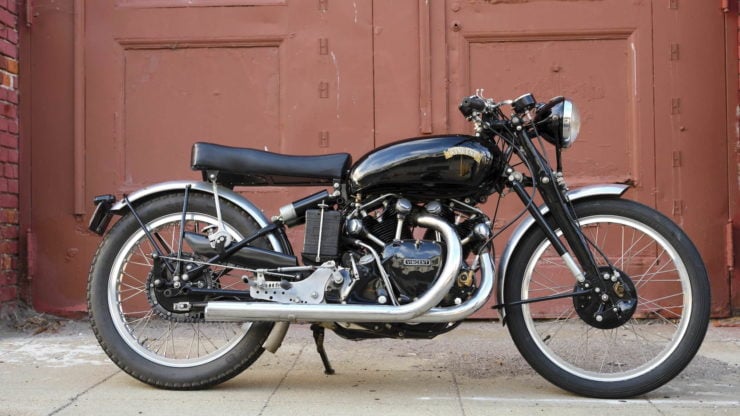
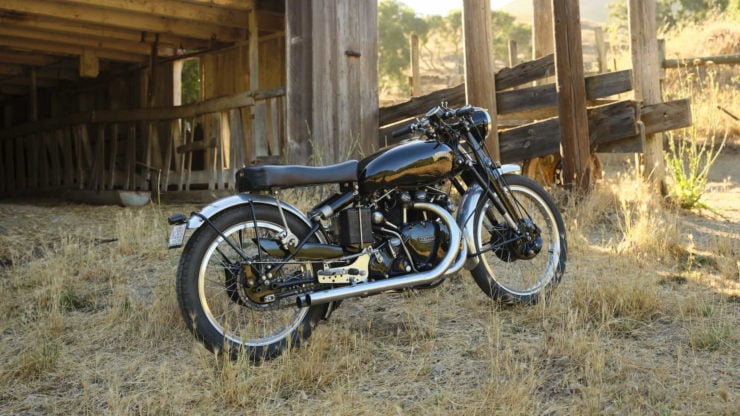
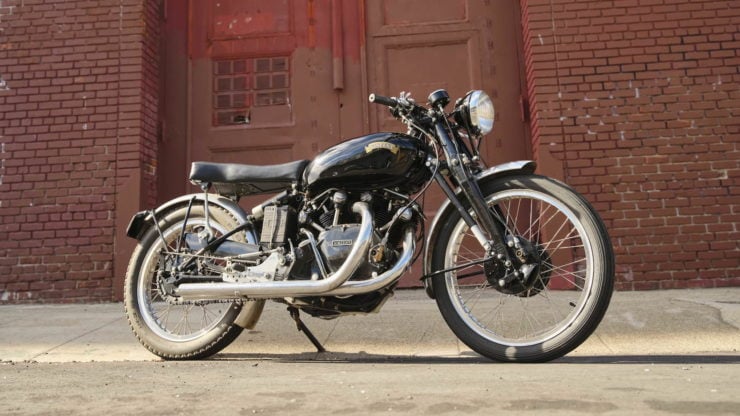
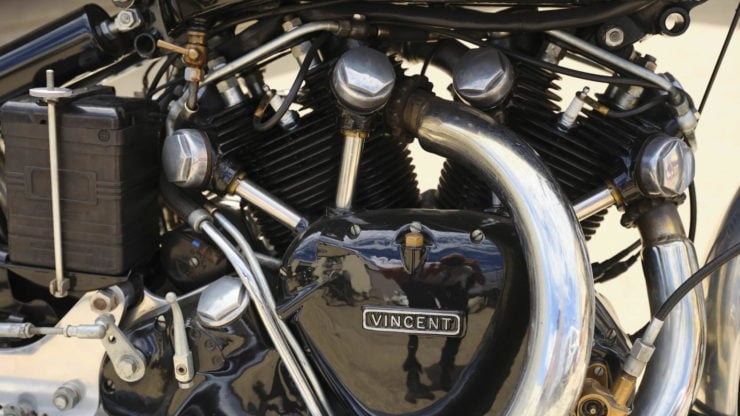
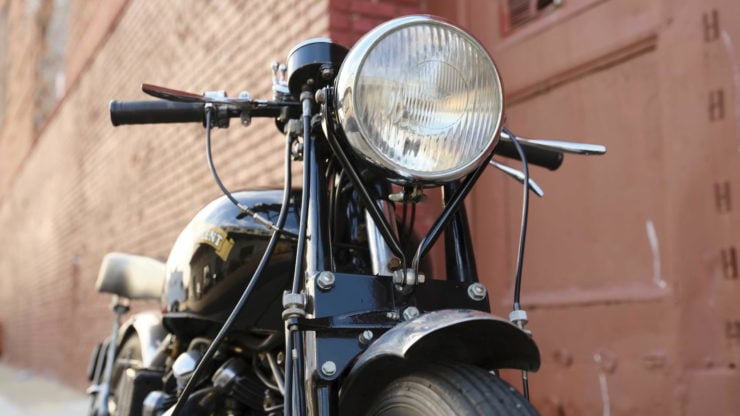

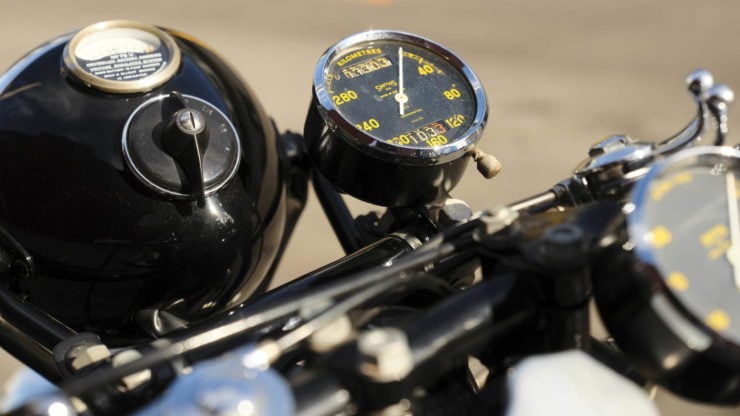
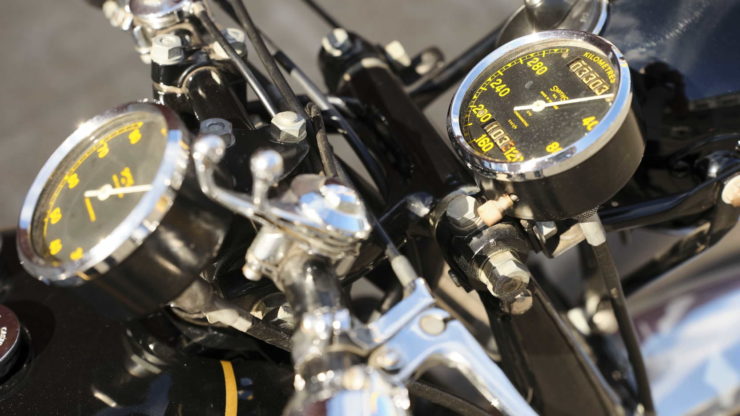
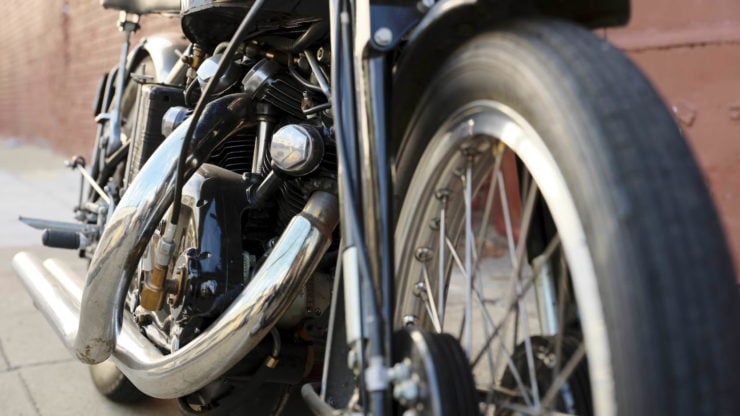
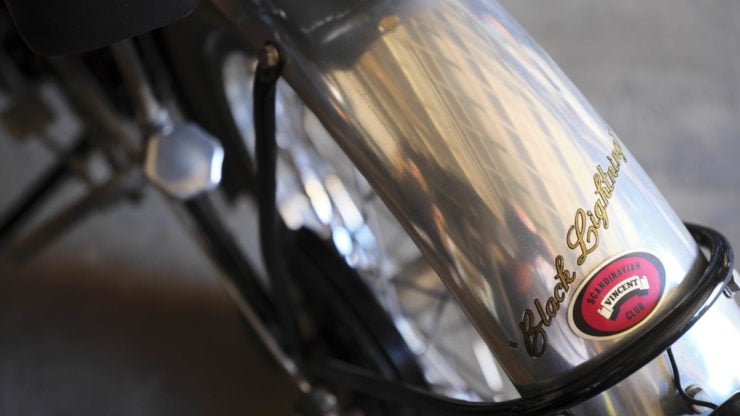
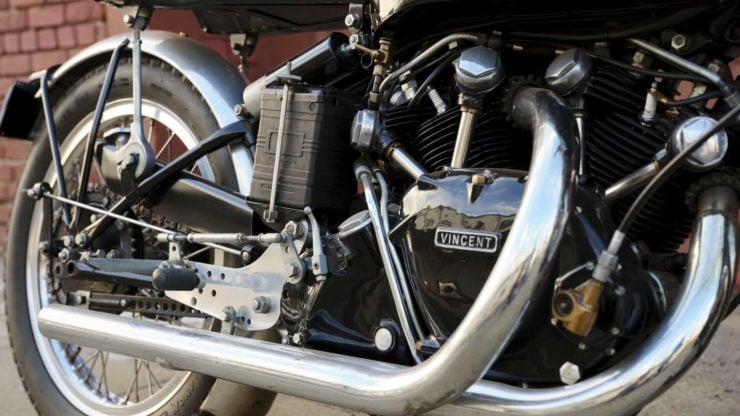
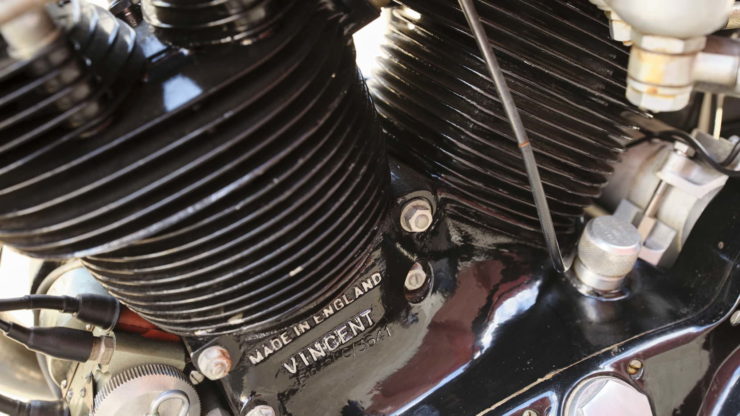
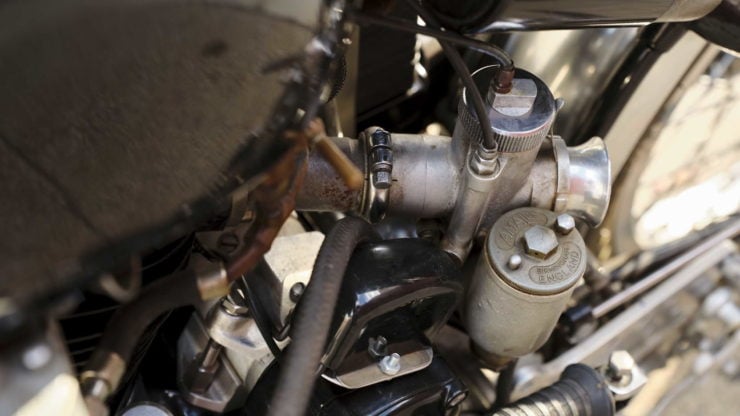
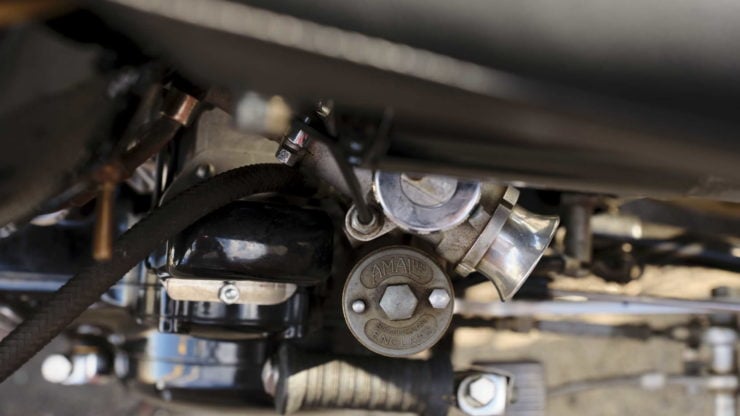
Images courtesy of Mecum

Articles that Ben has written have been covered on CNN, Popular Mechanics, Smithsonian Magazine, Road & Track Magazine, the official Pinterest blog, the official eBay Motors blog, BuzzFeed, Autoweek Magazine, Wired Magazine, Autoblog, Gear Patrol, Jalopnik, The Verge, and many more.
Silodrome was founded by Ben back in 2010, in the years since the site has grown to become a world leader in the alternative and vintage motoring sector, with well over a million monthly readers from around the world and many hundreds of thousands of followers on social media.

